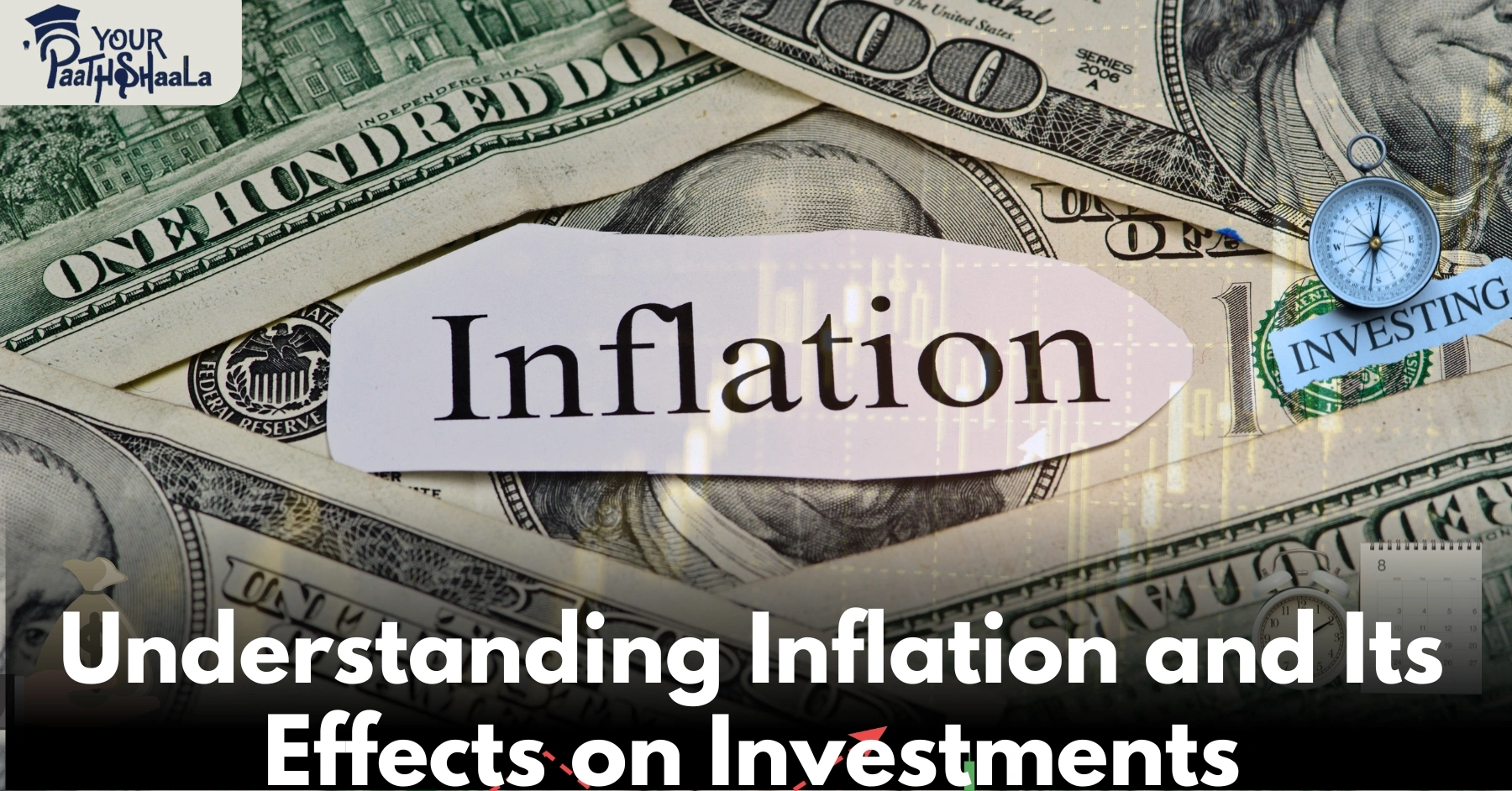Swing trading is a popular trading strategy designed to capture short to medium-term price movements in financial markets. If you’ve ever wondered, what is swing trading, it’s essentially a method where traders hold positions for a few days to several weeks, aiming to profit from expected price swings in stocks, currencies, or other assets1256.
What is Swing Trading? The Basics
At its core, swing trading is about taking advantage of the natural “swings” or fluctuations in asset prices. Unlike day trading, where positions are closed within the same day, swing traders hold onto their trades for longer-typically from two days to a few weeks256. The goal is to capture a portion of a larger market move, rather than trying to profit from tiny, intraday price changes125.
Swing traders use both technical analysis (studying price charts and indicators) and sometimes fundamental analysis (looking at company news or earnings) to decide when to enter or exit a trade789. They look for trends, patterns, or signals that suggest a price is about to move up or down.
How Does Swing Trading Work?
To answer what is swing trading in practice: swing traders analyze price charts to spot opportunities where a stock or asset might be about to change direction or continue its trend678. Once they identify a potential move, they enter a position-either buying (going long) if they expect prices to rise, or selling (going short) if they expect prices to fall259.
Swing traders don’t need to catch the exact top or bottom of a price move. Instead, they aim to capture a chunk of the swing, exiting before the move is over to lock in profits267. This approach can lead to smaller, more frequent gains that add up over time.
Key Features of Swing Trading
Holding Period: Positions are held for several days to weeks, longer than day trading but shorter than long-term investing257.
Profit from Both Directions: Swing traders can profit from upward or downward price moves by going long or short27.
Use of Technical Analysis: Most swing traders rely on technical indicators, chart patterns, and momentum signals to make decisions167.
Risk Management: Stop-loss orders and position sizing are crucial to limit losses from unexpected market moves29.
Exposure to Gap Risk: Since positions are held overnight, swing traders face the risk of price gaps caused by news or events when markets are closed6.
Swing Trading vs. Day Trading
| Feature | Swing Trading | Day Trading |
|---|---|---|
| Holding Period | Days to weeks | Within the same trading day |
| Analysis Used | Technical & fundamental | Mostly technical |
| Number of Trades | Fewer, larger trades | Many, smaller trades |
| Risk Exposure | Overnight and weekend gaps | No overnight exposure |
| Time Commitment | Moderate | High (requires full attention) |
Swing trading is often considered more accessible for beginners than day trading, as it doesn’t require constant monitoring of the markets throughout the day679.
Common Swing Trading Strategies
Trend Following: Entering trades in the direction of the current trend, using moving averages or momentum indicators12.
Range Trading: Buying near support and selling near resistance in sideways markets9.
Breakout Trading: Entering trades when the price breaks above resistance or below support78.
Reversal Trading: Looking for signs that a trend is about to reverse, such as candlestick patterns or divergence in indicators17.
Swing traders often use a combination of these strategies, adapting to changing market conditions.
Tools and Indicators Used in Swing Trading
To answer what is swing trading in terms of tools, here are some commonly used indicators:
Moving Averages: Help identify trends and potential entry/exit points1.
Relative Strength Index (RSI): Measures momentum and signals overbought or oversold conditions7.
MACD (Moving Average Convergence Divergence): Shows trend direction and momentum shifts7.
Support and Resistance Levels: Key price points where reversals or breakouts may occur9.
Volume Analysis: Confirms the strength of price moves7.
Swing traders may also set up alerts or use trading algorithms to automate parts of their strategy19.
Pros and Cons of Swing Trading
Pros:
Flexible-can be done part-time or alongside other activities9.
Works in both rising and falling markets7.
Cons:
Exposure to overnight and weekend risks6.
Requires discipline and a solid understanding of technical analysis27.
Not all trades will be profitable-risk management is essential19.
May miss out on large, long-term moves by focusing on shorter swings6.
Is Swing Trading Right for You?
If you’re interested in active trading but can’t commit to watching the markets all day, swing trading could be a good fit. It’s important to understand what is swing trading and to practice with a demo account or small amounts before risking significant capital679.
Swing trading suits those who are comfortable with some risk, enjoy analyzing charts, and want to take advantage of both up and down movements in the market.
Conclusion
What is swing trading? It’s a trading strategy focused on capturing short to medium-term price swings by holding positions for a few days to several weeks. Swing traders use technical analysis, risk management, and a disciplined approach to profit from market movements, whether prices are rising or falling125679. By understanding the basics and practicing sound strategies, many traders find swing trading to be a flexible and rewarding way to participate in the financial markets.
In this guide, you’ll learn what stock market fundamental analysis is, why it matters, how it’s different from technical analysis, and the steps to perform it yourself. We’ll keep everything easy to read and understand, so you can start using these principles right away.
What is Stock Market Fundamental Analysis?
Stock market fundamental analysis is a method used to determine the true value of a stock by examining various factors that influence its worth145. Instead of just looking at price charts, this approach digs into the company’s financial statements, industry trends, and the broader economy to figure out if a stock is undervalued or overvalued146.
The main goal of stock market fundamental analysis is to find stocks that are trading at prices different from their real value. This helps investors decide whether to buy, hold, or sell a stock for long-term gains14.
Why is Stock Market Fundamental Analysis Important?
Understanding stock market fundamental analysis is crucial for investors who want to build wealth over time. By focusing on a company’s actual performance and potential, rather than just price movements, you can:
Identify strong companies with long-term growth potential
Avoid overpaying for overhyped stocks
Spot undervalued stocks that could rise in the future
Make investment decisions based on facts, not emotions
This approach is the foundation of successful investing for many of the world’s top investors, including Warren Buffett7.
Stock Market Fundamental Analysis vs. Technical Analysis
It’s important to know the difference between stock market fundamental analysis and technical analysis:
| Feature | Fundamental Analysis | Technical Analysis |
|---|---|---|
| Focus | Company’s financial health, economy, industry trends | Price charts, trading volume, market trends |
| Goal | Find the intrinsic value of a stock | Predict short-term price movements |
| Tools Used | Financial statements, ratios, economic indicators | Moving averages, RSI, candlestick patterns |
| Time Horizon | Long-term investing | Short-term trading |
| Example Question | Is this stock undervalued or overvalued? | When should I buy or sell this stock? |
While technical analysis is useful for timing trades, stock market fundamental analysis helps you decide what to buy or sell in the first place578.
Key Components of Stock Market Fundamental Analysis
To perform effective stock market fundamental analysis, you need to look at several key areas1456:
1. Economic Analysis
Start by looking at the big picture. How is the overall economy doing? Key indicators include:
GDP growth: Is the economy expanding or shrinking?
Inflation rates: Are prices rising too quickly?
Interest rates: Are borrowing costs high or low?
Unemployment rates: Is job growth strong?
These factors affect all companies and can impact their future earnings45.
2. Industry Analysis
Next, examine the industry the company operates in:
Is the industry growing or declining?
Who are the main competitors?
Are there any new technologies or regulations changing the landscape?
A company in a strong, growing industry has a better chance of long-term success45.
3. Company Analysis
This is the heart of stock market fundamental analysis. Here, you dig into the company’s own performance and prospects:
Business model: How does the company make money?
Management quality: Is the leadership experienced and trustworthy?
Competitive advantage: Does the company have something unique that sets it apart?
Brand strength: Is the company well-known and respected?
Analyzing Financial Statements
A big part of stock market fundamental analysis is reviewing a company’s financial statements146:
Income Statement
Shows the company’s revenue, expenses, and profit over a certain period. Key things to look for:
Revenue growth: Is the company making more money over time?
Profit margins: How much profit does the company keep after expenses?
Balance Sheet
Lists the company’s assets, liabilities, and shareholder equity at a specific point in time:
Assets: What does the company own?
Liabilities: What does the company owe?
Equity: The value left for shareholders after debts are paid
Cash Flow Statement
Tracks the cash coming in and out of the business:
Operating cash flow: Is the company generating cash from its main business?
Investing cash flow: Is the company spending wisely on growth?
Financing cash flow: How is the company funding its operations?
Key Financial Ratios in Stock Market Fundamental Analysis
Financial ratios make it easier to compare companies and spot strengths or weaknesses145:
Price-to-Earnings (P/E) Ratio: Compares stock price to earnings per share. A lower P/E may mean the stock is undervalued.
Earnings Per Share (EPS): Shows how much profit each share of stock gets.
Return on Equity (ROE): Measures how well the company uses shareholders’ money to generate profit.
Debt-to-Equity Ratio (D/E): Shows how much debt the company has compared to equity. Lower is usually better.
Price-to-Book (P/B) Ratio: Compares the stock price to the company’s book value.
These ratios help you quickly assess if a stock is a good value compared to others in the same industry145.
Qualitative Factors in Stock Market Fundamental Analysis
Numbers aren’t everything. Qualitative factors also play a big role in stock market fundamental analysis:
Management quality: Is the leadership experienced and ethical?
Company culture: Does the company attract and keep good employees?
Brand reputation: Is the brand trusted by customers?
Innovation: Is the company a leader or a follower in its industry?
These factors can give a company an edge that doesn’t always show up in the numbers15.
The Fundamental Analysis Process: Step-by-Step
Here’s a simple process you can follow for stock market fundamental analysis456:
- Choose a stock you want to analyze.
- Study the economy and industry to understand the big picture.
- Review the company’s financial statements for the last few years.
- Calculate key financial ratios and compare them to industry averages.
- Evaluate management and qualitative factors for strengths and weaknesses.
- Estimate the company’s intrinsic value using your findings.
- Compare intrinsic value to market price to decide if the stock is undervalued or overvalued.
- Make your investment decision: buy, hold, or sell.
Example of Stock Market Fundamental Analysis
Let’s look at a simple example. Suppose you’re analyzing a company called ABC Ltd1:
Revenue: ₹1,000 crore
Net income: ₹150 crore
Shares outstanding: 100 crore
Stock price: ₹25
You calculate:
EPS: ₹1.50 (₹150 crore / 100 crore shares)
P/E Ratio: 16.7 (₹25 / ₹1.50)
You compare these numbers to other companies in the same industry. If ABC Ltd’s P/E is lower than its peers and its earnings are growing, it might be undervalued.
Limitations of Stock Market Fundamental Analysis
While stock market fundamental analysis is powerful, it’s not perfect:
It relies on accurate and honest financial reporting.
It can be time-consuming and requires careful study.
Market prices can stay irrational longer than you expect.
It doesn’t predict short-term price movements.
Still, for long-term investors, it’s a proven way to build wealth and avoid costly mistakes147.
Combining Fundamental and Technical Analysis
Some investors use both stock market fundamental analysis and technical analysis together. Fundamental analysis helps you find what to buy, while technical analysis helps you decide when to buy or sell78. Using both can give you a more complete view of the market.
Conclusion
Stock market fundamental analysis is the cornerstone of smart, long-term investing. By focusing on a company’s real value and financial health, you can make better decisions and avoid common investing traps. Whether you’re a beginner or an experienced investor, learning how to analyze stocks fundamentally will help you build a stronger, more resilient portfolio.
Start with the basics: study the economy, dig into financial statements, compare key ratios, and always consider both the numbers and the people behind the company. With practice, you’ll gain the confidence to make informed investment choices and grow your wealth over time.














Add a Comment